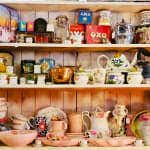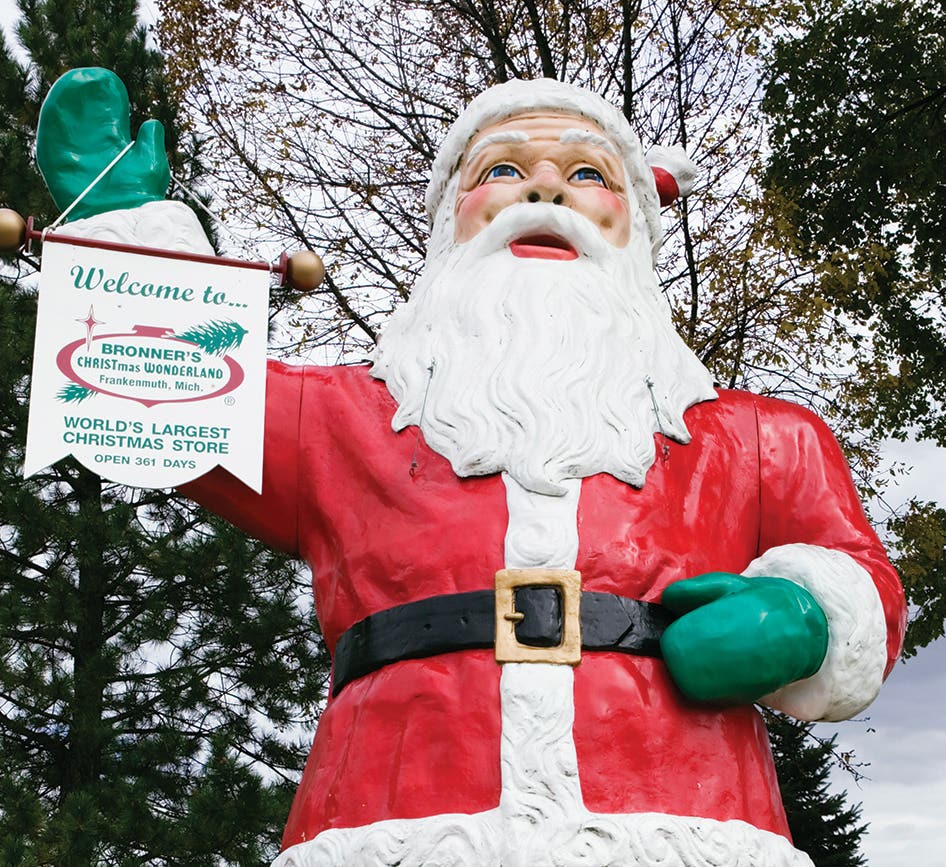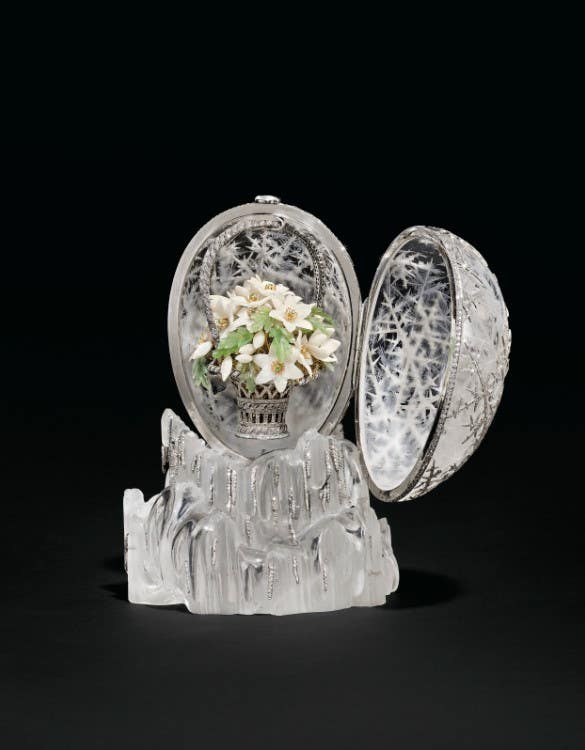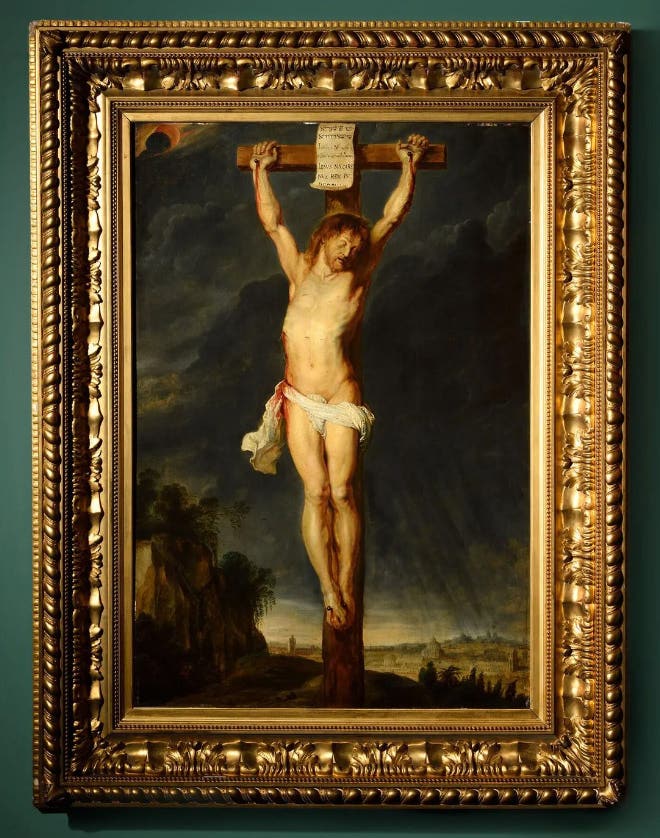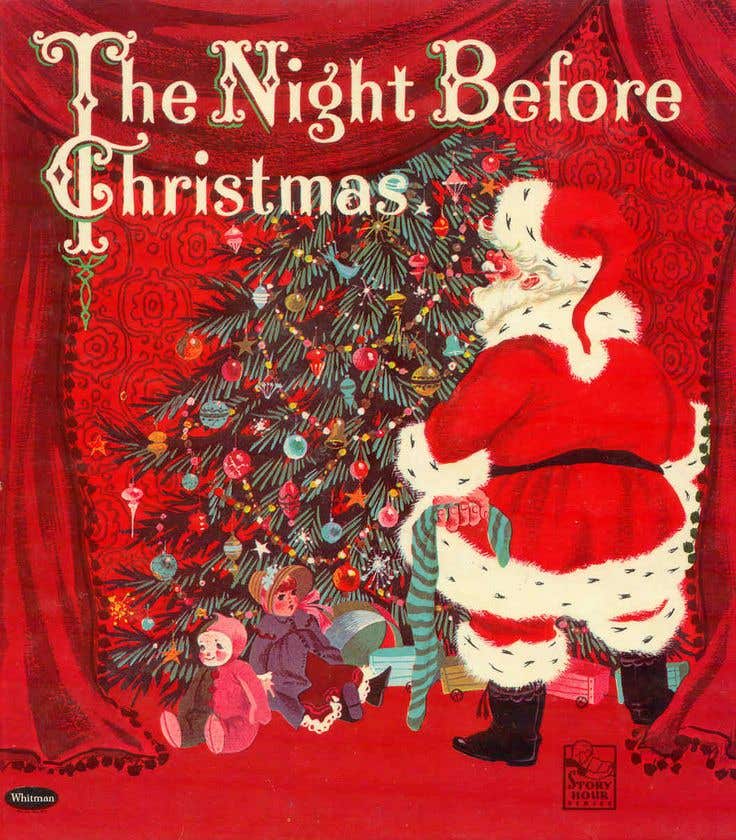Arts & Crafts Time Capsule
Remarkably intact, the home of evangelist Billy Sunday is typical of a Midwest bungalow, ca. 1915. The late preacher’s house in Winona Lake, Ind., is a cathedral to Arts & Crafts decorating and early 20th-century lifestyle.
This story is adapted from an article that appeared in Arts & Crafts Homes magazine: artsandcraftshomes.com
The town of Winona, Indiana, got its start in 1881, when the Beyer brothers bought land around Eagle Lake (later Winona Lake) and its natural springs. They created a resort called Spring Fountain Park in 1887, which was also a Chautauqua site, later to be a Presbyterian Assembly. (The summer-camp movement that started in Chautauqua, New York, involved family retreats stressing health in exercise, entertainment and matters of the spirit.) The Assembly’s board of directors would include H.J. Heinz, John Studebaker and William Jennings Bryan.
Many cottages and year-round homes were built, and education flourished with the founding of the Agricultural Institute, the Technical Institute and Winona College. Summer attendance in Winona reached 250,000 at its peak during the period 1905-14.
Since the 1920s, through economic ups and downs, the town earned renown as a Christian center. Grace College and Theological Seminary are here, along with headquarters of other church organizations; Winona Lake was called “the world’s largest Bible conference.”
Back in 1899, the evangelist Billy Sunday and his family visited Winona Lake, renting rooms in a boardinghouse. They enjoyed the new resort enough to buy their own summer cottage here. A decade later they moved the old cottage across the street and built an Arts & Crafts Bungalow on its original site. Mount Hood, as they named it, became their year-round home. Sunday and his wife, Helen, raised four children. Helen outlived everyone in her family, and in 1957 asked that the house remain untouched as a testament of her husband’s ministry. It survives today as a time capsule of Arts & Crafts decorating and early 20th-century life.
Outside, the house is an atypical bungalow with a molded-concrete-block foundation and porch walls. The gable faces the lake. The interior is remarkably intact, featuring painted canvas wall coverings and stenciling on plaster. Even the furniture is original. Artifacts in the house allude to Billy Sunday’s earlier career in professional baseball and to his days as a Prohibition evangelist; Ma Sunday’s needlework survives. The family’s china remains in the kitchen, their books in the inglenook; various loving cups and tea sets gifts from cities where the preacher spoke, furnish rooms.
Today Mount Hood is part of the museum holdings of the Winona History Center, headquartered on the campus of Grace College in Winona Lake. (Grace College purchased the Assembly grounds in 1968.) The town itself is having another renewal, this time featuring ongoing restoration activity, cultural festivals, boutiques, and world-class restaurants.
Patricia Poore is Editor-in-chief of Old-House Journal and Arts & Crafts Homes, as well as editorial director at Active Interest Media’s Home Group. Poore has restored several homes, including a 1911 brownstone in Park Slope, Brooklyn, and a 1904 Tudor-Shingle Style house in Gloucester, Massachusetts, where she brought up her boys and their wonderful dogs.


